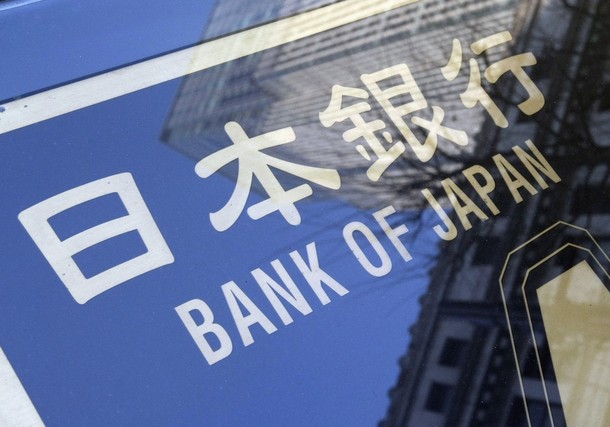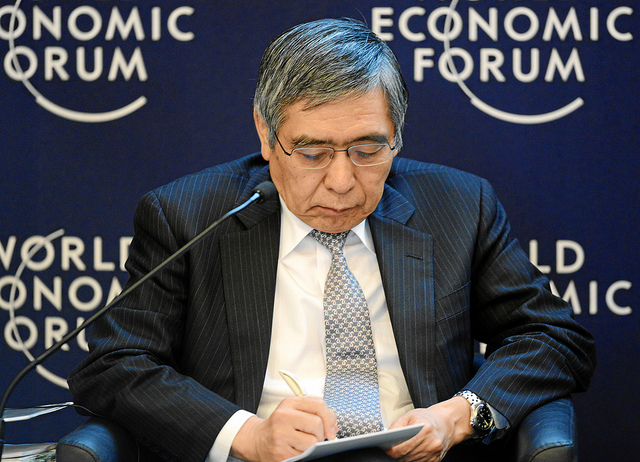Here’s today’s ‘Just A Minute’ bringing you a 60 second summary of what’s happening in the financial markets:
Main Trading Event Of The Day: CAD Employment Change @ 12:30 GMT
WHAT WE’RE WATCHING TODAY
Gold Set For Sixth Weekly Gain On Safe-Haven Bids
Gold added to big overnight gains to trade near its highest in almost four months today and was on track for a sixth straight weekly gain stoking safe-haven demand for bullion. Spot gold nudged up 0.3 percent to $1,338.20 an ounce after closing up 0.7 percent yesterday when it rose to a peak of $1,345, the highest since March 19. Gold has gained more than 1 percent this week so a sixth weekly gain would be gold’s longest winning streak since February/March when it had a similar run. Gold is getting a boost along with other safe-havens such as the Japanese yen and bonds, as European and U.S. stock markets fell on Thursday on investor fears over financial troubles at the family-owned holding companies behind Banco Espirito Santo. Geopolitical tensions in the Middle East and Ukraine also continued to support gold, seen as an alternative investment to riskier assets such as equities. In Asia, India surprised bullion markets by keeping the import duty on gold and silver unchanged at 10 percent in its fiscal budget, a move likely to limit overseas purchases by the second-biggest bullion consumer. Physical demand in other Asian countries was also weak due the recent jump in prices. In China, local prices have been on par with the global benchmark or at a discount, underscoring sluggish demand.
Dollar Heads for Worst Week Versus Yen Since April
The dollar headed for its biggest weekly decline versus the yen since April in advance of Federal Reserve Chair Janet Yellen testifying to lawmakers next week as traders cut bets the central bank will raise interest rates. A gauge of the dollar was set for its fourth weekly loss in five weeks as minutes of the Fed’s June meeting failed to provide additional revelations on the pace of rate increases and record-low volatility encouraged demand for higher-yielding assets. The Fed appears to be on the cautionary side despite data improving. With the current environment, where volatility remains low, the trend of carry trades remains in vogue and to a certain extent, the dollar is underperforming according to analysts. The dollar was little changed at 101.28 yen in Tokyo, having declined 0.8 percent this week, the most since the period ended April 11. The U.S. currency traded at $1.3601 per euro from $1.3609 yesterday. The yen appreciated 0.1 percent to 137.75 per euro after advancing to 137.50 yesterday, the strongest since Feb. 6.
Will BOJ Disappoint Again At Next Meeting?
Investors poured funds into Japan equities last year on the expectation of further easing measures from the central bank, but it appears that the Bank of Japan will disappoint again at its meeting next week. In April of 2013, the BOJ launched a massive quantitative easing program aimed at kick-starting Japan’s long-moribund economy. Investors pushed the Nikkei up more than 50 percent, partly on hopes that the central bank would deliver. So far, they have come away disappointed. Analysts say the central bank will likely let markets down again when it wraps up its policy on July 15. In addition to damping enthusiasm for the stock market, the delay in providing further stimulus may be weighing on efforts to revive the economy. Machinery orders data for May show core orders fell 19.5 percent from April, the worst monthly drop on record, disappointing expectations for an increase and wiping out hopes for a capital spending pickup to help drive economic growth. The BOJ believes it’s on course to boost inflation to its 2 percent target within the next two fiscal years.
That sums up today’s highlights! We hope you have a profitable day on the markets. Have a great weekend!















